Euonymus Spindle Bush Info: What Is A Spindle Bush
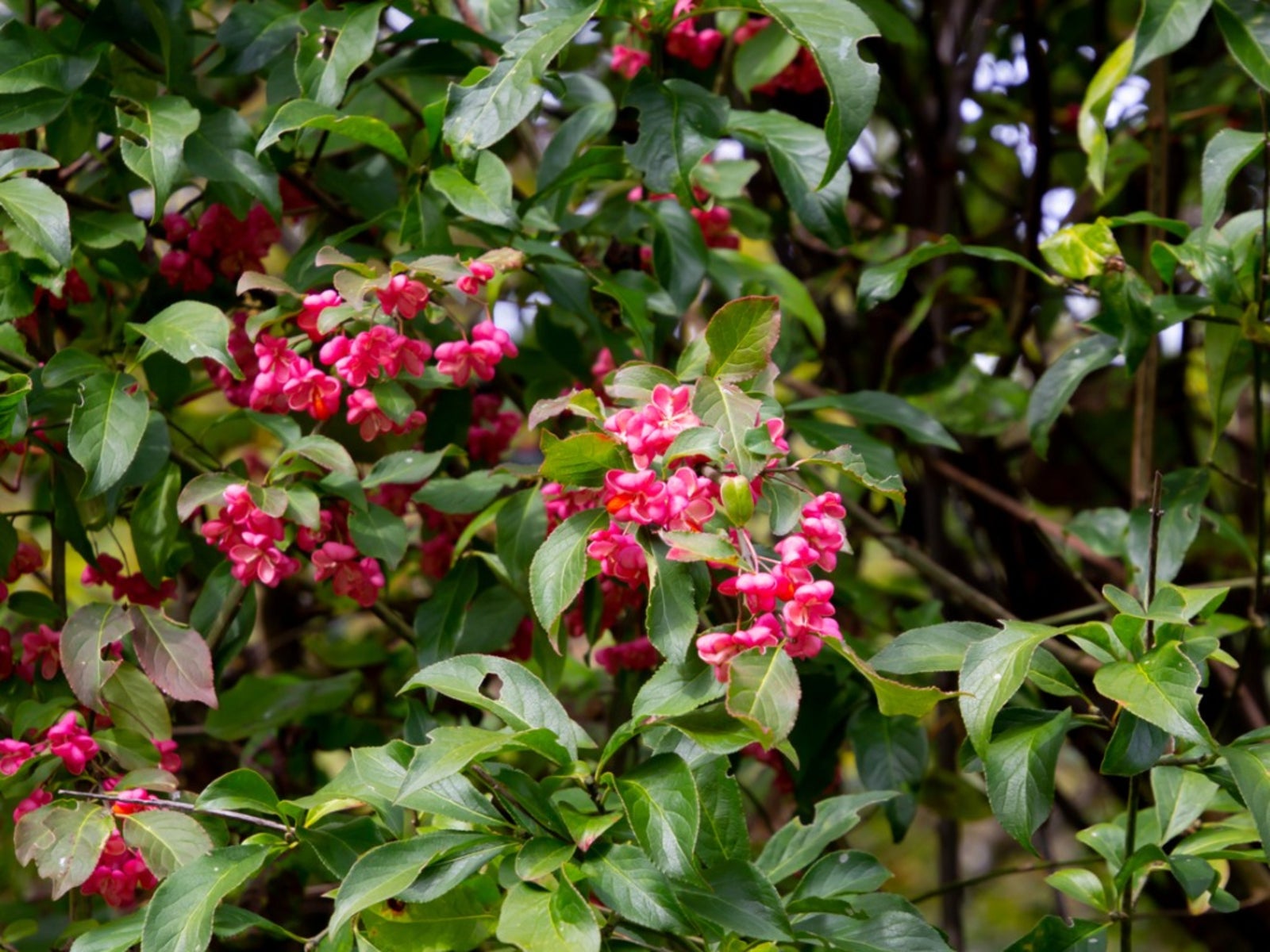

What is a spindle bush? Also known as common spindle tree, spindle bush (Euonymus europaeus) is an upright, deciduous shrub that becomes more rounded with maturity. The plant produces greenish yellow flowers in spring, followed by pinkish red fruit with orange-red seeds in autumn. The dull green leaves turn yellow in fall, eventually morphing to yellow-green, and then finally an attractive shade of reddish purple. Spindle bush is hardy to USDA zones 3 through 8. Read on and learn how to grow spindle bushes.
How to Grow Spindle Bushes
Propagate spindle bush by taking semi-ripe cuttings from a mature plant in late summer or early fall. Plant the cuttings in a mixture of peat moss and coarse sand. Place the pot in bright, indirect light and water often enough to keep the mixture moist but never saturated. You can also plant spindle bush seeds, although the seeds are notoriously slow to germinate. Gather spindle bush seeds in fall, then store them in a plastic bag filled with moist sand and compost until spring. Plant the seeds and allow them to develop indoors for at least a year before moving them outside. Preferably plant spindle bush in full sunlight. You may also plant the bush in dappled sunlight or partial shade, but too much shade will diminish the brilliant fall color. Nearly any type of well-drained soil is fine. If possible, plant two shrubs in close proximity for more effective cross-pollination.
Spindle Bush Care
Prune your spindle bush plant to the desired size and shape in spring. Spread mulch around the plant after pruning. Feed your spindle bush every spring, using a balanced, general-purpose fertilizer. If caterpillars are a problem during the blooming season, it’s easy to remove them by hand. If you notice aphids, spray them with insecticidal soap spray. Diseases are rarely a problem for healthy spindle bushes.
Additional Euonymus Spindle Bush Info
This fast-growing euonymus shrub, native to Europe, is highly weedy and invasive in some areas, including the eastern part of the United States and Canada. Check with your local extension office prior to planting to ensure that it’s okay to do so. Also, be careful about planting spindle bush if you have young children or pets. All parts of spindle bush plants are toxic if eaten in large quantities and may result in diarrhea, vomiting, chills, weakness, convulsions, and coma.
Gardening tips, videos, info and more delivered right to your inbox!
Sign up for the Gardening Know How newsletter today and receive a free copy of our e-book "How to Grow Delicious Tomatoes".

A Credentialed Garden Writer, Mary H. Dyer was with Gardening Know How in the very beginning, publishing articles as early as 2007.
-
 Looking For Plants To Give You The Soft And Fuzzies? Try These 5 Fuzzy Leaf Plant Options
Looking For Plants To Give You The Soft And Fuzzies? Try These 5 Fuzzy Leaf Plant OptionsLovers of texture, drama, silver foliage and tactile plants will adore these special sensory garden additions. These fuzzy leaf plant options will leave you all aglow
By Susan Albert
-
 Get Ready For A Summer Of Hummers! Grow These Full Sun Hummingbird Plants and Flowers
Get Ready For A Summer Of Hummers! Grow These Full Sun Hummingbird Plants and FlowersIf you’re lucky enough to enjoy a sunny backyard, make sure you are maxing out on your pollinator opportunities and grow these full sun hummingbird plants and flowers
By Tonya Barnett
-
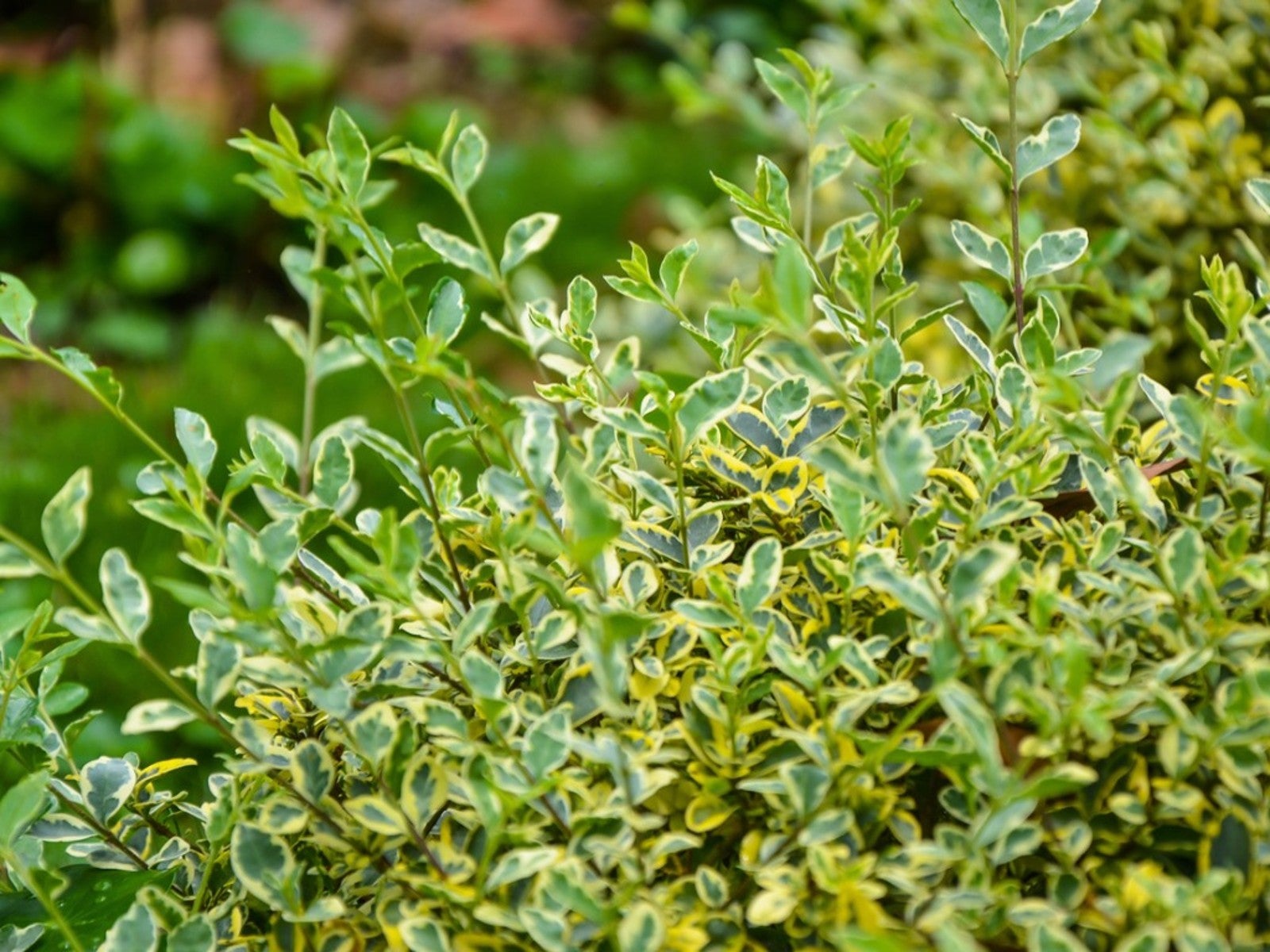 Pruning Evergreen Euonymus: How To Trim Euonymus Japonicus
Pruning Evergreen Euonymus: How To Trim Euonymus JaponicusPruning evergreen euonymus is not an annual event. However, it is sometimes necessary Read on for information about how to cut back euonymus.
By Teo Spengler
-
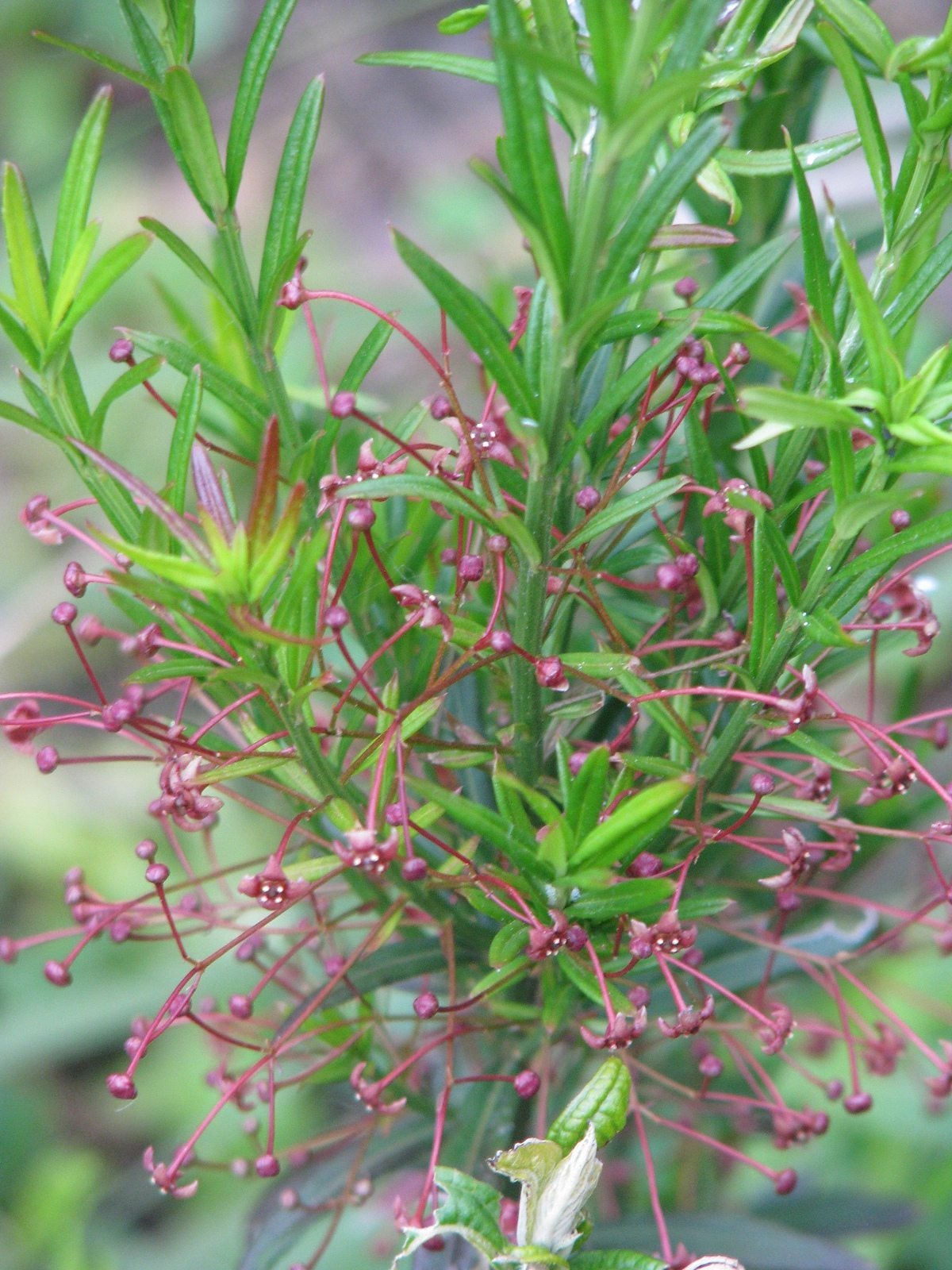 What Is A Dwarf Turkestan Euonymus: Growing Dwarf Turkestan Euonymus Plants
What Is A Dwarf Turkestan Euonymus: Growing Dwarf Turkestan Euonymus PlantsIf you are thinking of growing dwarf Turkestan euonymus for its green foliage and brilliant red autumn color, then you've come to the right place. We'll give you lots of dwarf Turkish euonymus information and care tips in this article.
By Teo Spengler
-
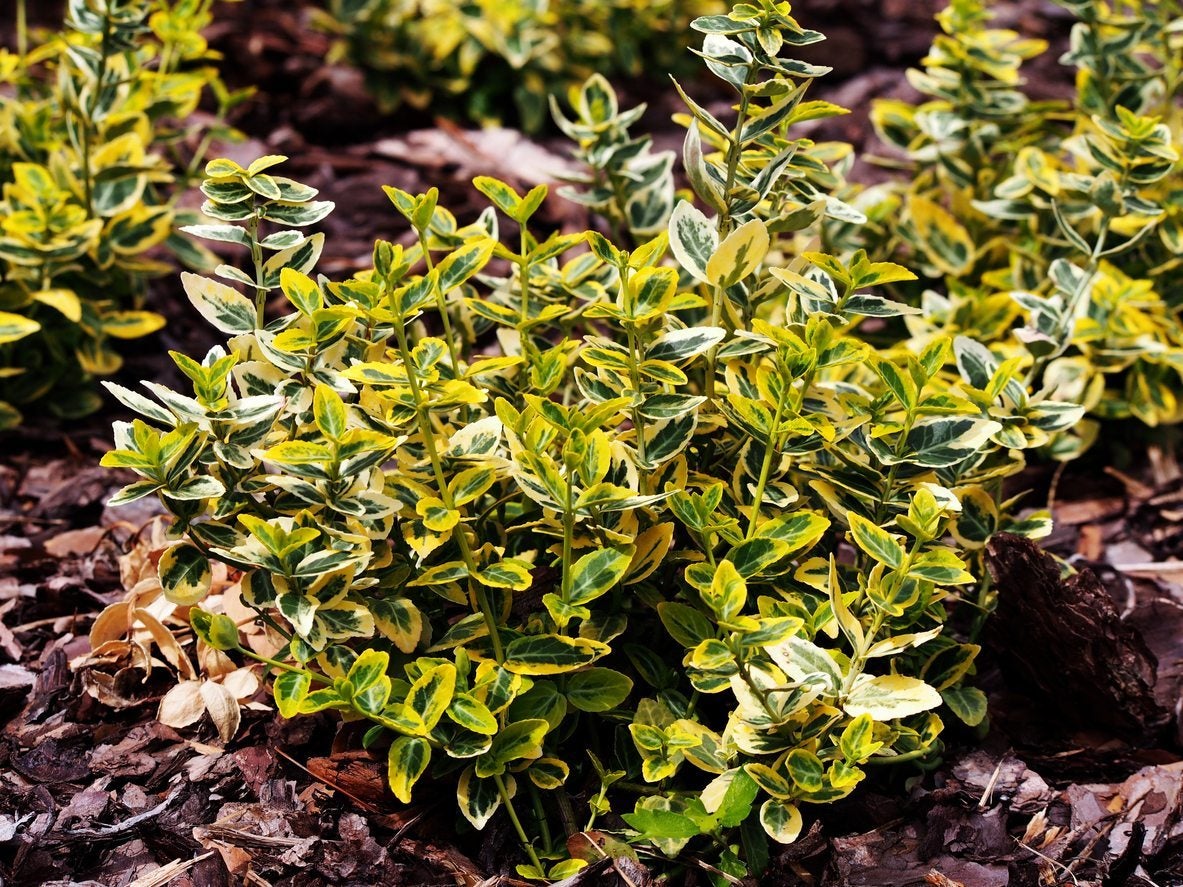 Types Of Euonymus – Choosing Different Euonymus Plants For Your Garden
Types Of Euonymus – Choosing Different Euonymus Plants For Your GardenIf you are selecting Euonymus plant varieties for your landscape, this article is a good place to start. You'll find descriptions of different Euonymus shrubs that you might want to invite into your garden.
By Teo Spengler
-
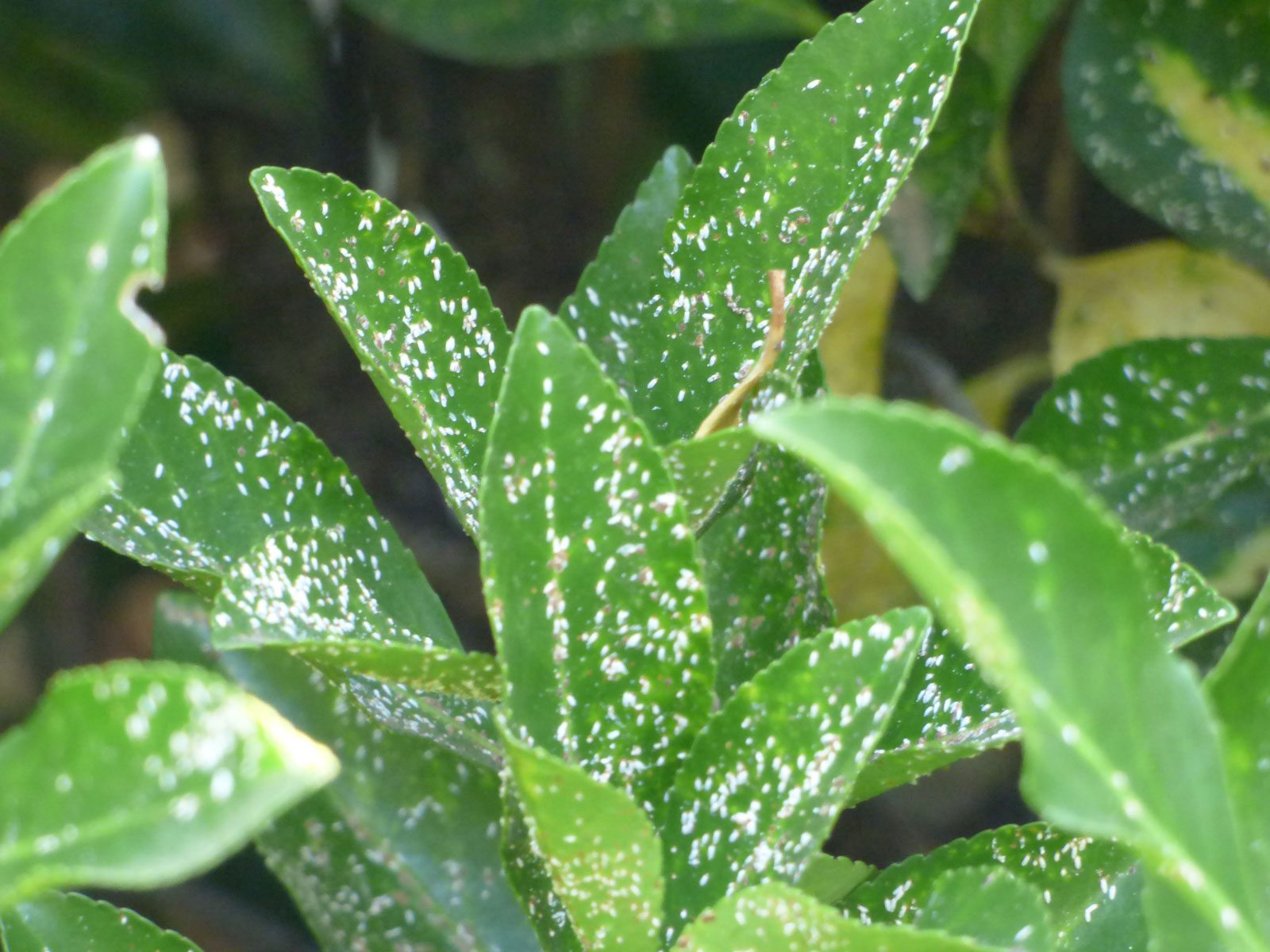 Euonymus Scale Treatment – Tips For Controlling Euonymus Scale Bugs
Euonymus Scale Treatment – Tips For Controlling Euonymus Scale BugsOne common and sometimes devastating pest that targets euonymus plants is the euonymus scale. Controlling euonymus scale bugs can be relatively simple and effective, as long as it's done properly. Find out how to do this here.
By Liz Baessler
-
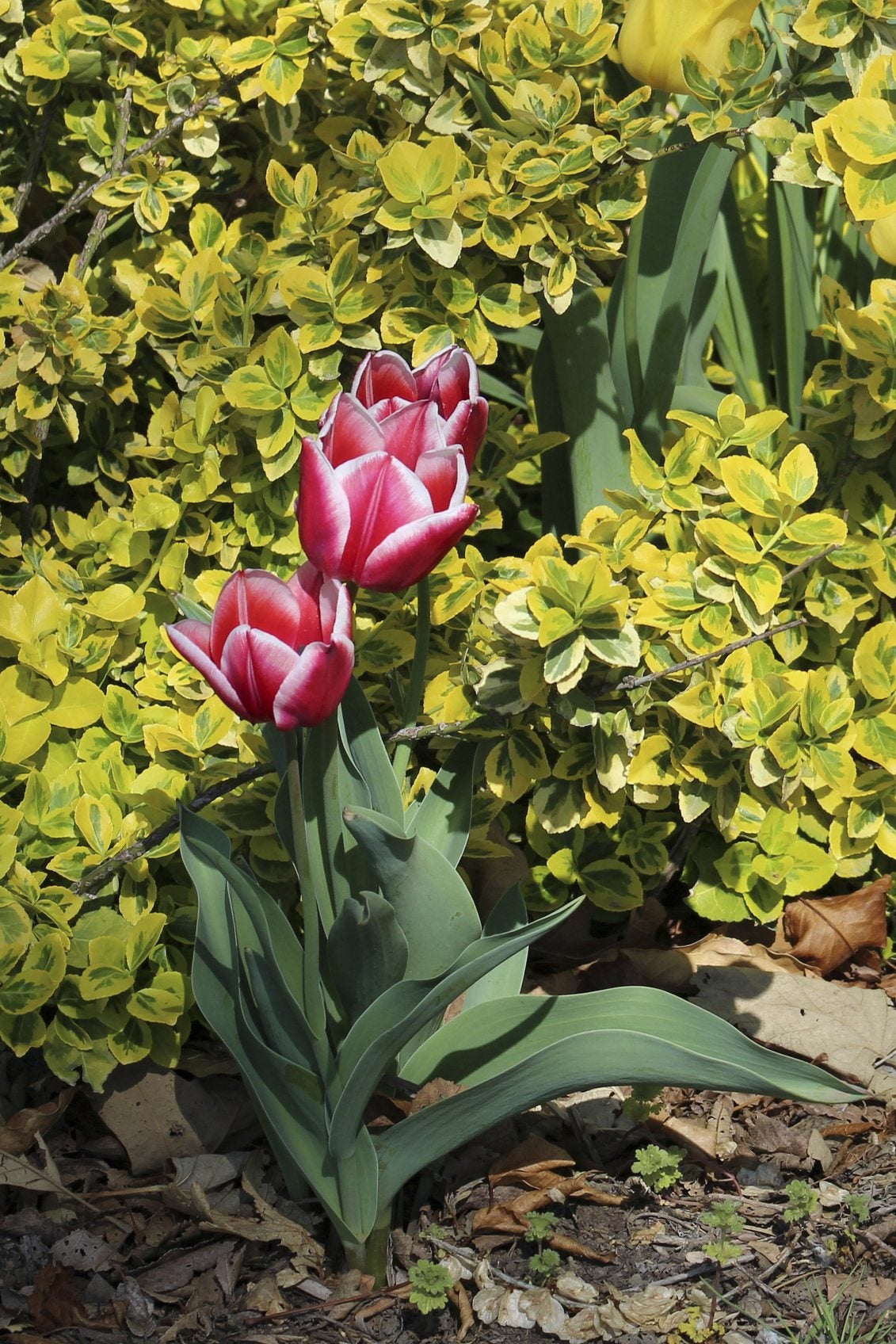 Suitable Euonymus Companion Plants: Tips On What To Plant With Euonymus
Suitable Euonymus Companion Plants: Tips On What To Plant With EuonymusEuonymus plant species come in a range of shapes and types. They include evergreen shrubs, deciduous vines and evergreen vines. Whichever you have planted, you'll need to find plants that complement them. Click here for some tips on what to plant with euonymus.
By Teo Spengler
-
 Euonymus Winter Care: Tips On Preventing Winter Damage To Euonymus
Euonymus Winter Care: Tips On Preventing Winter Damage To EuonymusSome winters are harsher than others, and winter damage to euonymus can seem like a serious blow. Click on this article to learn about euonymus winter care and how to fix winter damage in euonymus.
By Liz Baessler